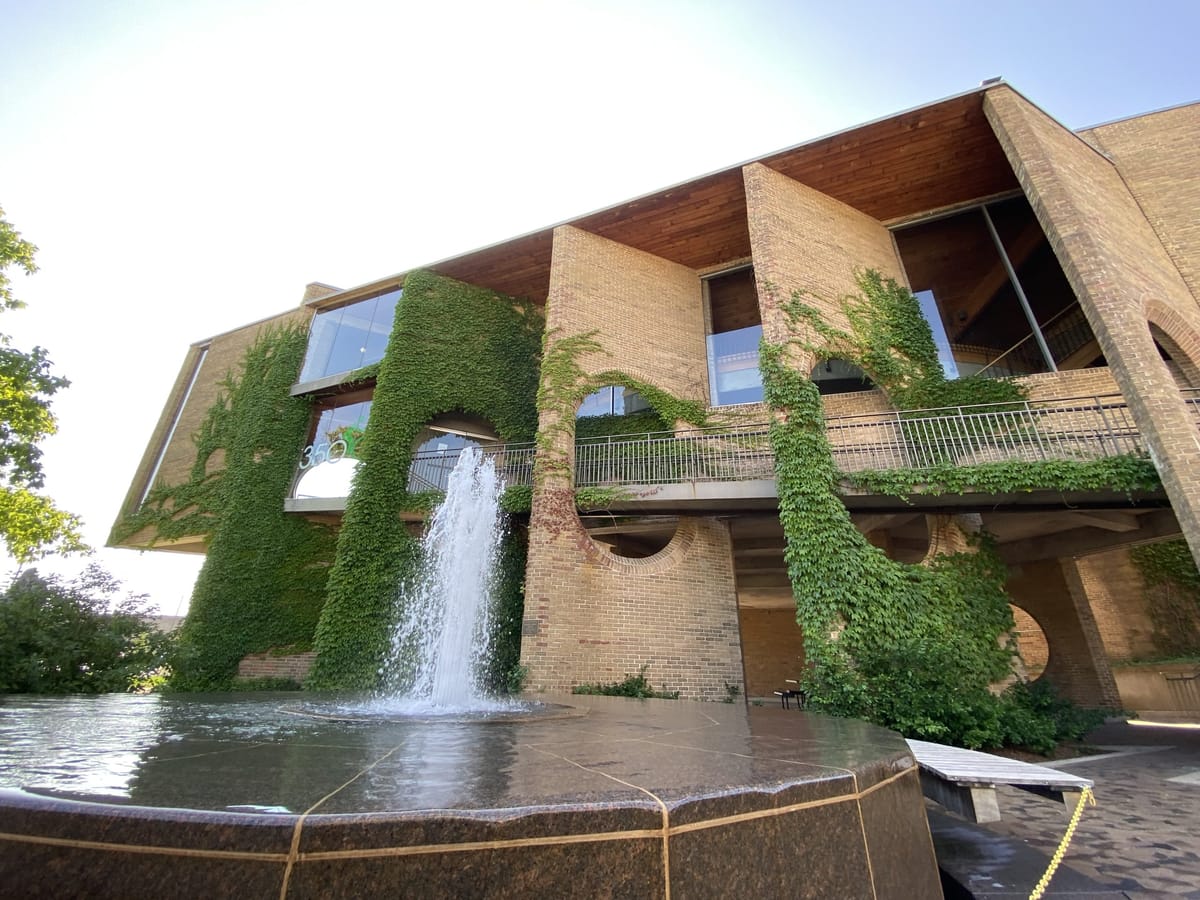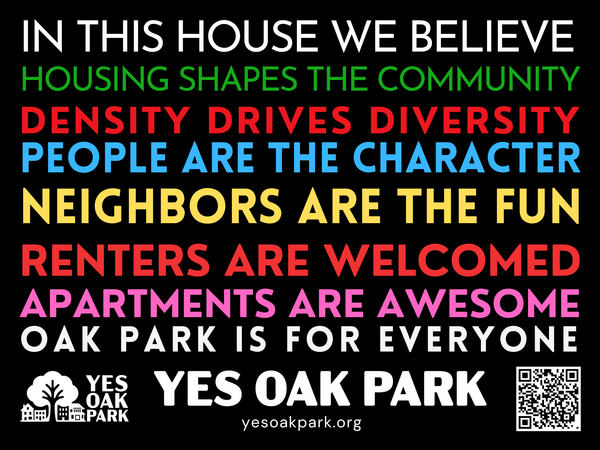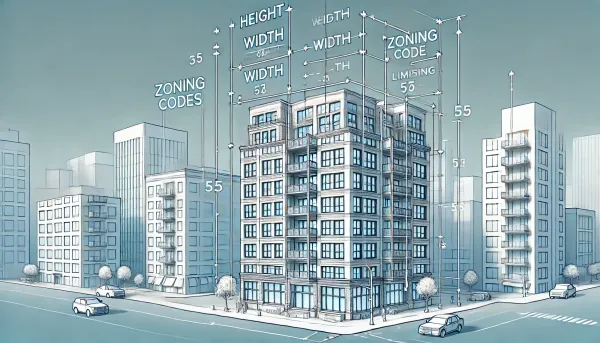Village board supports zoning reform*

During the July 23rd Village Board meeting, village staff presented a number of re-zoning options to the board. The asterisk in the title above represents that fact that all of these options are quite preliminary, and lacking in specifics.
Option 1 - Remove the single family only zoning district entirely, buy updating the existing districts to allow two- and three-family homes.
Option 2 - Do nothing.
Option 3 - Simply the districts, creating four new districts from the existing eight
Option 4 - Simplify even further, creating two districts, residential and non-residential, and allowing all forms of housing in the residential district, including two- and three-flat as well as larger multi-family dwellings.
The Trustees were largely in favor of Option 1, though for Trustee Wesley, it was a bit more complicated. He is strongly in favor of zoning reform, but felt the reforms on the table weren't aggressive enough. He noted specifically that the options on the table didn't address the 'bulk standards', the limits to building size, setup backs and parking - and without those changes, the zoning changes are just words only, nothing new would actually meet the existing bulk standards.
Our City Planner, Craig Failor, noted that examining the implications of changing the bulk standards was complicated and would require extensive study. He seemed somewhat resistant to these changes, because of the time involved for study and the uncertain impacts. He also preferred not change the existing zone map, for similar reasons. Notably the staff preferred option, Option 1, doesn't change the map, it just updates the language for each existing district.
Trustee Wesley specifically questioned Failor about our ADU changes, which were designed to allow more and more flexible housing. It turns out a total of 14 ADUs have been built, almost all coach houses on large properties. Wesley eventually was able to get Failor to admit that one of the reasons for this was the restrictive rules around lot coverage. The point was clear, if we make these zoning changes without changing building envelope rules, we'll get a similar outcome.
Trustee Wesley also admonished staff and the Village Manager to acknowledge the role the zoning to plays in racial segregation, both historically and in the present day. He noted that he's been making this point for over a year, and the proposed changes don't mention race at all.
Both President Scaman and Trustee Robinson supported Option 1, but brought up affordability for single family homes and wondered about the preference for multi-family housing. This point was asked and answered by the Metropolitan Mayor's conference presenters many months ago. Houses are in short supply in Oak Park, there is high demand, thus they are expensive. Even extensive government funds can't bridge the gap between lower income buyers and current market prices for single family homes in Oak Park.
Trustees Straw and Enyia largely supported Trustee Wesley's comments, and Straw doubled down, bringing up the third rails of Oak Park zoning - the historical districts. He made the point that historical districts cover about 50% of Oak Park's single family homes, and would largely prevent any new housing that these code changes would allow. He supports historical preservation, but would like to see it targeted at the truly historic examples of architecture, not entire neighborhoods that are often quite distant from any real historical attractions.
Overall this was a productive discussion and a very civil debate. I found the fact that all seven Trustees support zoning reform*, at least at some level, frankly surprising.
This discussion however took place in an empty room with only a few local government nerds like myself watching remotely. As we get closer to making any real changes to zoning, expect to see this topic become increasingly controversial. This level of public pressure and inevitable push back will be clarifying. It's easy to pay lip service to vague, unfinished proposals now, but once the public have specifics, my expectation is that the Board will opt for symbolic measures that limit any real changes to what housing can be built where. Think I am wrong? Fourteen ADUs say I am right.
I look forward to being proven wrong.


